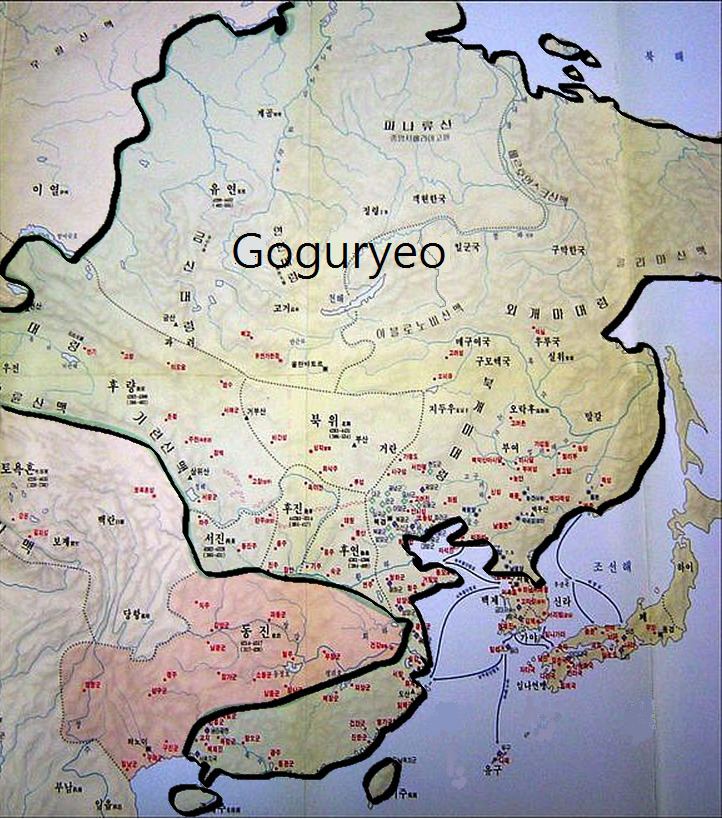Hwandan Gogi (Hangul: 환단고기; Hanja: 桓檀古記), also called Handan Gogi, is a compilation of texts on ancient Korean history. It is a bound volume of four supposedly historical records: Samseonggi, Dangun Segi, Bukbuyeogi and Taebaek Ilsa.
According to its introduction, it was compiled in 1911 by Uncho Gye Yeon-su (운초 계연수, 雲樵 桂延壽; ? – 1920) and supervised by Yi Gi (이기,李沂; 1848 – 1909). However, the only currently known copy is Yi Yu-rip's transcription, restored and published in 1979. The work is widely regarded as a modern forgery.
The four books comprising the Hwandan Gogi are:
Samseonggi (two volumes), describing ancient kingdoms called Hwan-guk that lasted for 3301 years, and Hwanung's 1565-year rule of Baedalguk.Dangun Segi (Hangul: 단군세기; Hanja: 檀君世紀), chronicling the history of Gojoseon with 47 generations of Dangun rulers.Bukbuyeogi, describing the six kings of Bukbuyeo (North Buyeo).Taebaek Ilsa, describing the histories of Hwan-guk, Baedalguk, Samjoseon, Goguryeo, Balhae, and Goryeo; also includes the text of Cheonbu-gyeong.Some historians view the Hwandan Gogi as worthy of further scholarly scrutiny, believing that it is at least partly based on historically valuable, ancient (if not literally accurate) texts.
The record that five stars were arranged in straight line at 1733 BCE (오성취루, 五星聚婁). This astronomical record in Hwandan Gogi is proved by Professor Park Changbeom, and it is published in the journal. They show that the five stars were arranged in straight line at 1734 BCE with the assumption that Gojoseon was established at 2333BCE.Law Professor Junhwan Go asserts several reasons why the Hwandan Gogi is considerable.The territory of Gojoseon described in Hwandan Gogi accords with the distribution area of the mandolin-shaped dagger of Gojoseon. Moreover, this territory as advocated by Yoon et al. and Yi Byeongdo coincides with the territory described in Hwandan Gogi.Most historians in South Korea, North Korea and Japan generally consider the Hwandangogi to have been created in recent times, because of the following reasons:
There are words from modern language. (for example, '男女平權; the equality of man and woman', '父權; paternal rights')The route through which Hwandangogi was first published is not clear.Yi Gi could not have supervised the Hwandangogi which was first compiled in 1911, because he died then.The contents of Cheonbu Gyeong could not be included in Taebaek Ilsa before 1911 because the Cheonbu Gyeong was first discovered and known to the Daejonggyo in 1916 by Gae Yeonsu, the person who compiled Hwandan Gogi.The 1911 edition (or any edition before 1979) has not been found. There is no proof that the book was kept by Yi Yurip and lost in 1975, and then restored by Yi Yurip before 1979.Other criticisms made on a South Korean television show include unrealistic descriptions found in the texts, for example:
Hwan-guk is said to have spanned several thousand kilometers ~10,000 years agoRulers of Baedal are said to have lived regularly for 120–150 years
